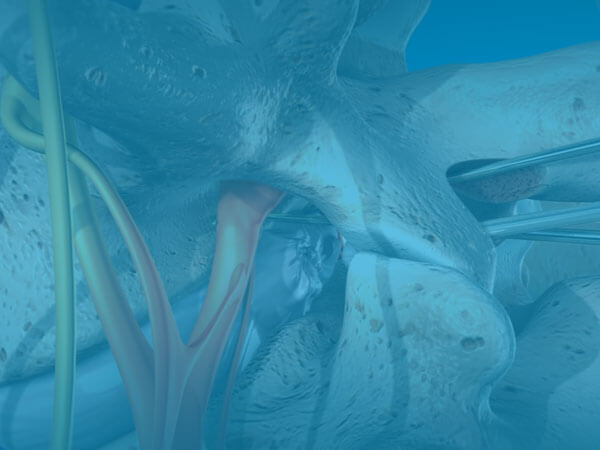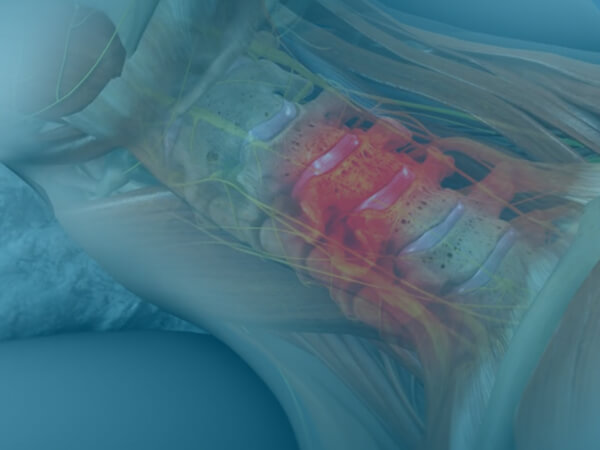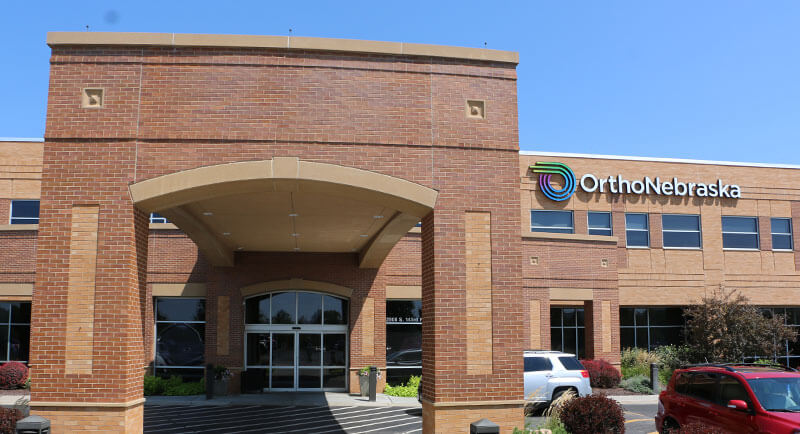What is Microdiscectomy?
Microdiscectomy is a minimally-invasive surgery, or a surgery using a microscope, thus leaving a smaller incision and scar. This procedure removes herniated discs, relieving pressure on nerves and reducing pain. The lumbar region of the spine encompasses your lower back.
Who should have Microdiscectomy?
OrthoNebraska may recommend microdiscectomy to patients with herniated discs in the lower back (lumbar region) for which more conservative methods of treatment, such as physical therapy, injections or medications, have not resulted in effective pain control.
Does Microdiscectomy work?
In general, research has shown that microdiscectomy generally improves pain for a substantial period, typically years. However, there is always a risk of pain returning or in very rare cases, worsening. The risks of microdiscectomy are less than ‘open’ surgery, because of the minimally-invasive approach.
What can I expect when I have a Microdiscectomy?
You may need a pre-surgical physical to make any necessary accommodations based on your health history. When you arrive at the hospital, you’ll speak to your surgeon and anesthesiologist. You are likely to put to sleep (general anesthesia) and be placed face down for the operation.
You will not stay overnight, but you will need to have someone drive you home. You should be able to walk as soon as numbing medications wear off. Exercise will be based on individual tolerance, but progression should be slow and measured. Walking is encouraged to maintain mobility in your back and legs as it reduces the risk of scar tissue. Sitting will be uncomfortable at first, and less than 20 minutes at a time is recommended, but this will improve over time. Physical therapy may be recommended to help recovery.
Time off from work is typically 2-4 weeks for office workers and 4-8 weeks for occupations requiring lifting or other strenuous activity.







